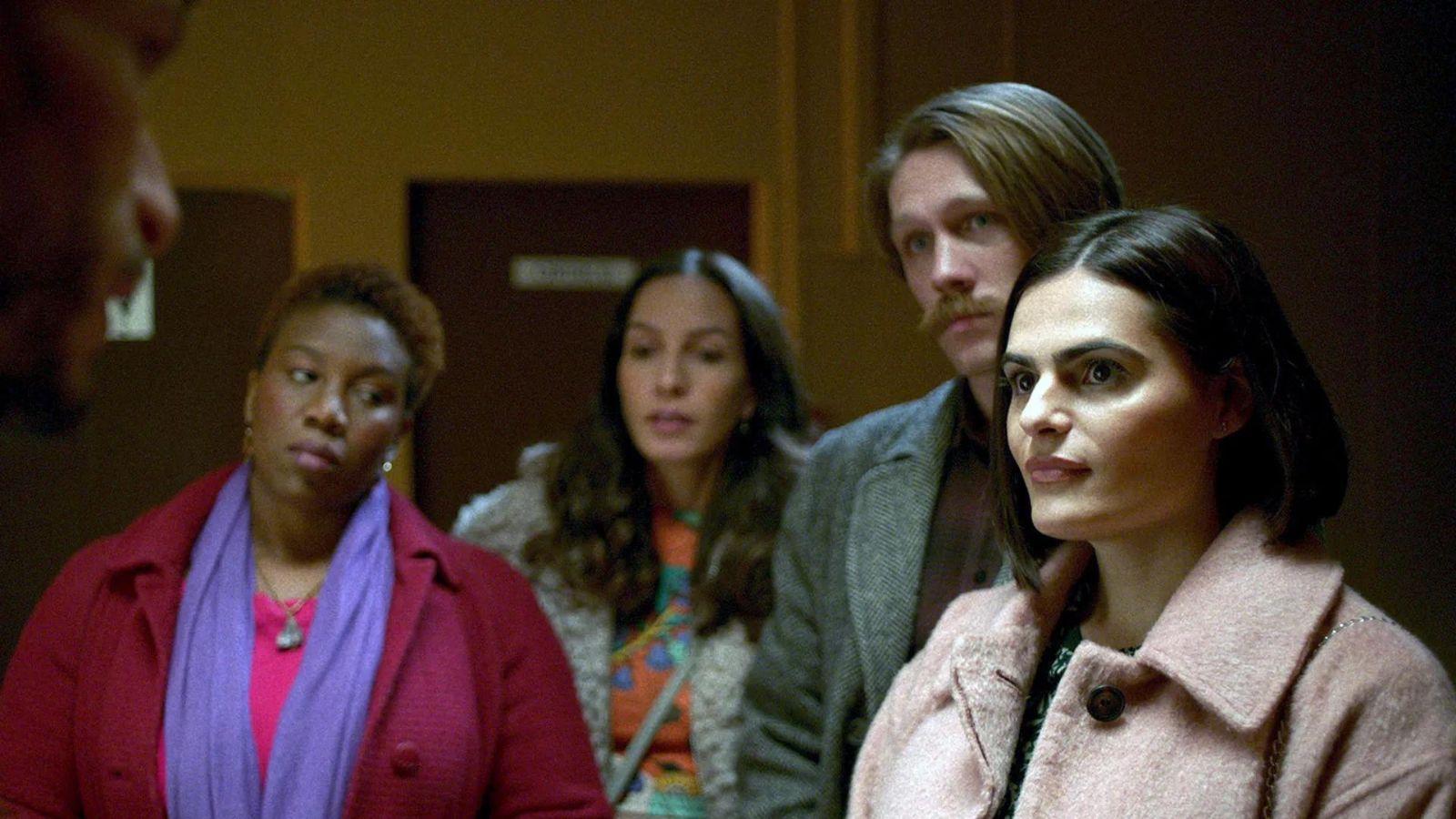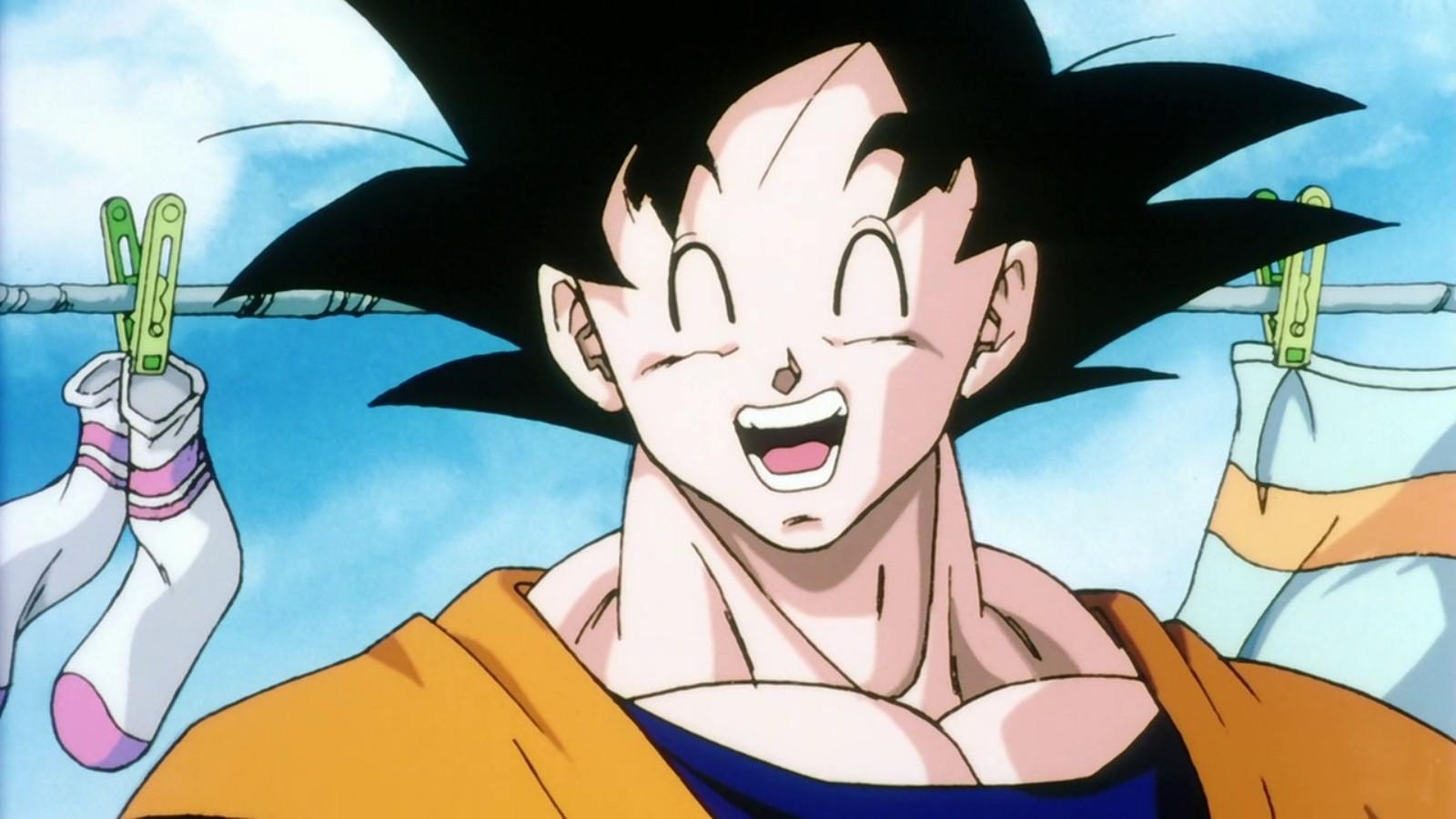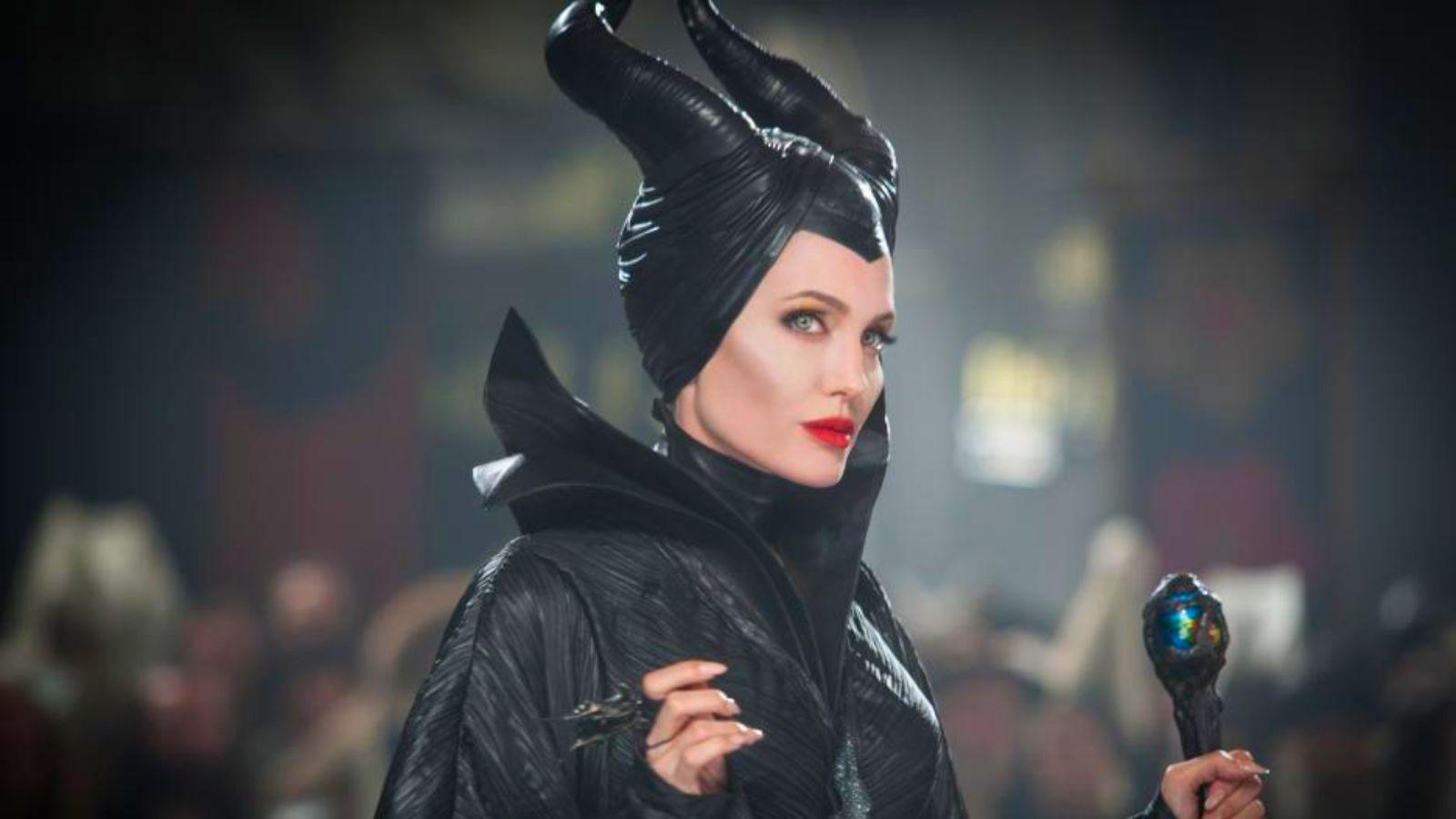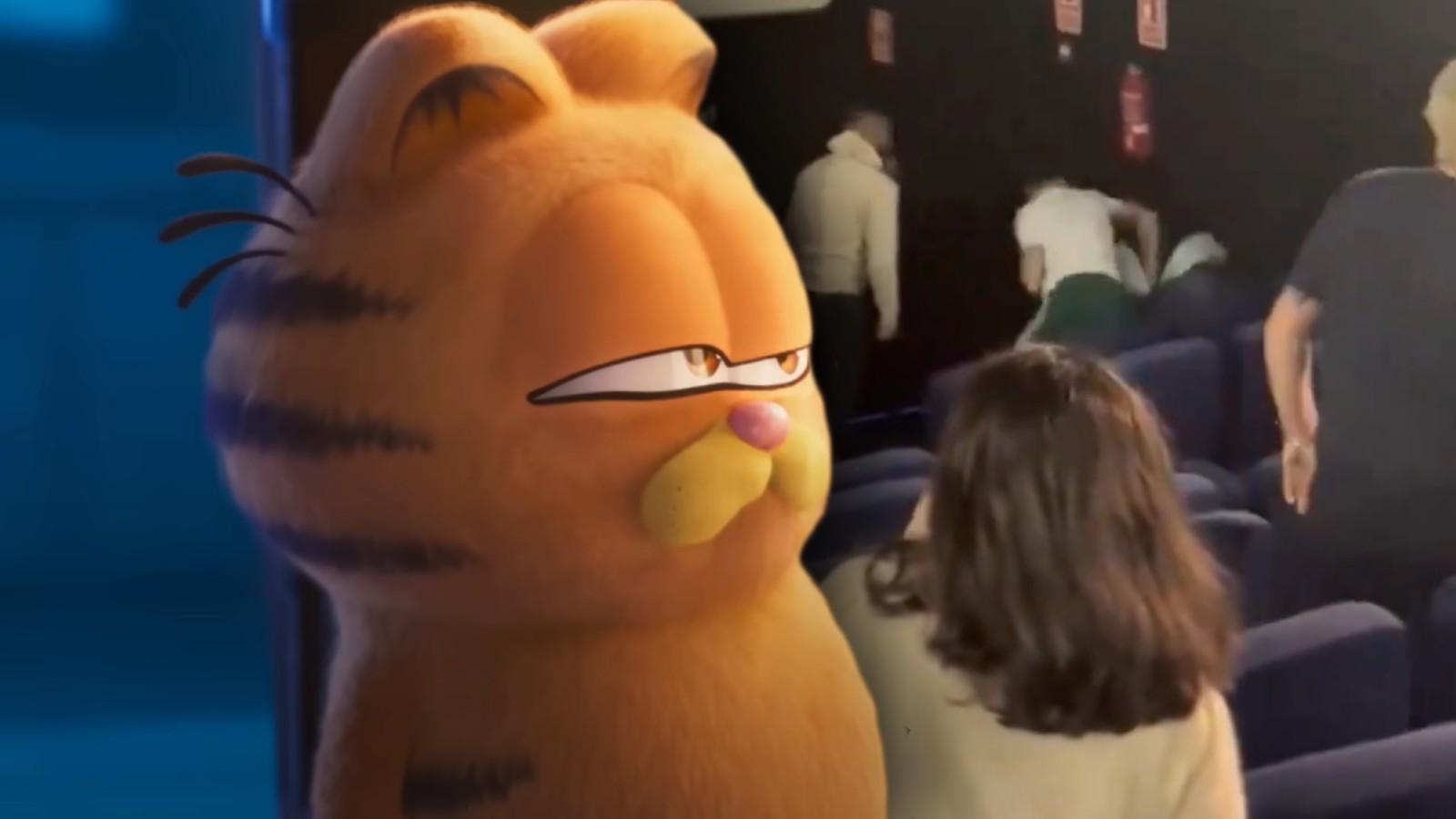Loki: What is Yggdrasil? Multiverse tree explained
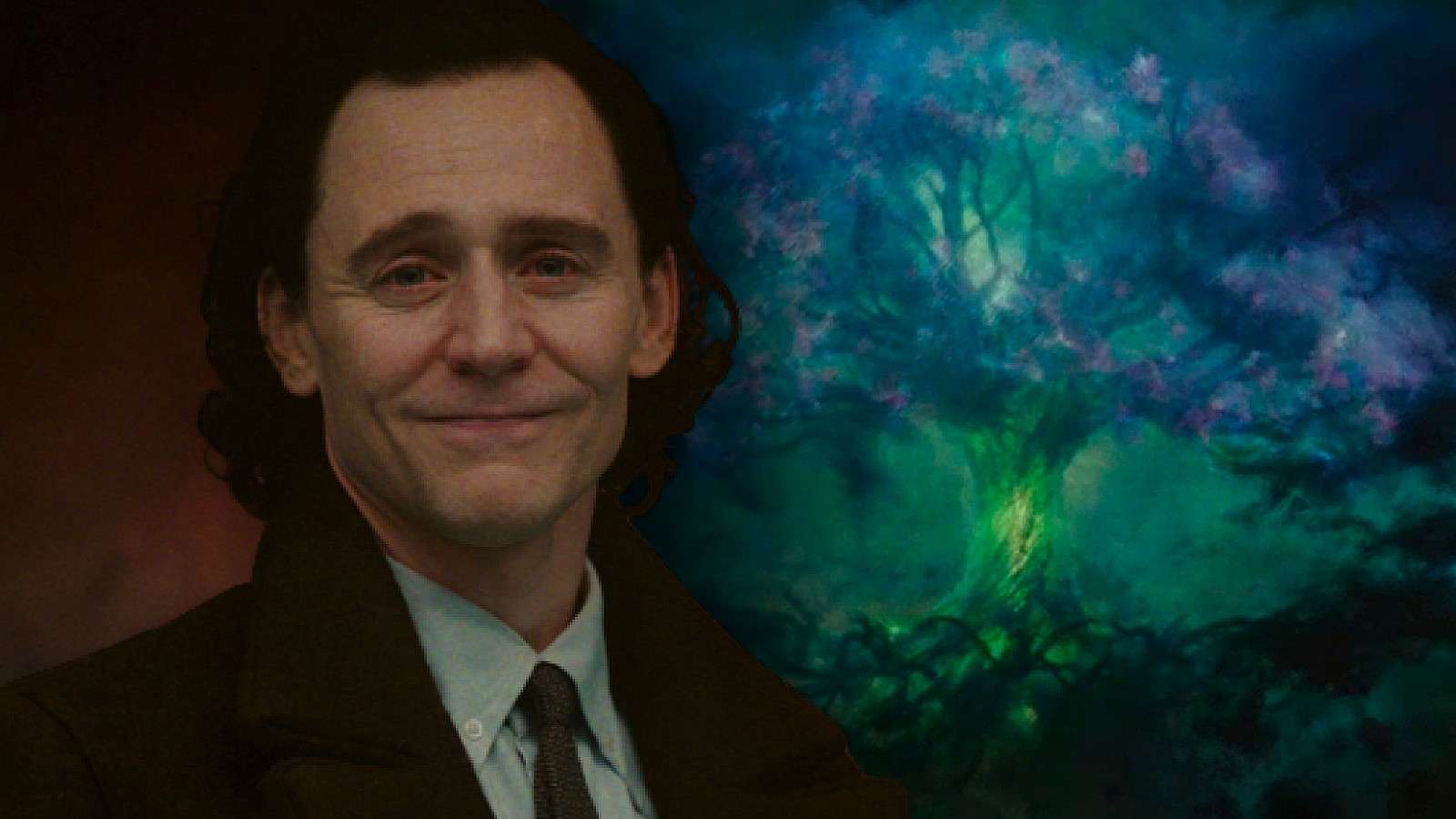 Disney+
Disney+The ending of Loki Season 2 features a huge nod to the god’s Norse mythology with Yggdrasil, a new multiverse tree in the MCU – here’s what you need to know.
In Episode 5, Loki was confronted with the ghastly, nightmarish doom of his friends being turned into spaghetti – an image so triggering that it allowed him to control his time-slipping.
The finale mainly follows him as he hops backwards and forwards in time, trouble-shooting all the different ways he can save the TVA and spending literally centuries studying physics and quantum engineering.
In the end, it only gets him so far. No matter what he does, the Temporal Loom is destined to fail because of a “scaling problem” – which leads to the creation of Yggdrasil.
Loki Season 2 finale: Yggdrasil explained
In the climax of the Loki Season 2 finale, he shatters the Temporal Loom, revitalizes all of the dying branches, and weaves them together into the shape of a large tree that represents the whole Marvel multiverse. In Norse mythology, Yggdrasil is the “world tree” that connects the nine realms of existence.
Yggdrasil has been referenced throughout the wider MCU and even Spider-Man: Across the Spider-Verse. For example, in Thor, he shows Jane Foster a drawing of the tree and explains her world “is one of the nine realms of the cosmos, linked to each other by the branches of Yggdrasil, the World’s Tree.”
Those who’ve played God of War will already be familiar, but the nine realms are Asgard, Midgard (Earth), Jotunheim, Svartalfheim, Vanaheim, Nidavellir, Niflheim, Muspelheim, and Alfheim. Only two have never been seen in the franchise: Niflheim and Alfheim.
In Thor: The Dark World’s official art book, producer Craig Kyle also explained: “There’s a living tree that’s connected to Yggdrasil, the cosmic tree – this beautiful cluster of wormholes that can allow people to move from one planet to the next, if they have the Bifrost. The tree shows the health and the status of the universe, so you can actually perceive Niflheim, and Svartalfheim, and Jotunheim, and Midgard, and Asgard – they’re all hung in the branches of this living tree.”
However, Loki evolves the mythology of Yggdrasil within the MCU. Instead of connecting the nine realms across the cosmos, it now binds the entire multiverse together, with the God of Mischief (or should we say Stories) acting as the anchor for every branch in the middle – talk about glorious purpose!
And here’s the big difference compared to the Temporal Loom: the TVA no longer has to worry about pruning branches and preventing never-ending duplication. Instead, it’ll tend to the timelines and respond to any and all threats – which paves the way for The Kang Dynasty and Secret Wars, the latter of which will likely involve the incursions of different universes.
Loki Seasons 1-2 are available on Disney Plus now, which you can sign up for here. You can find out more about Season 3 here and check out our other coverage below:
Loki Season 2 ending explained | Why Loki finale doesn’t have a post-credits scene | Loki Season 2 finale review | Loki Season 2 cast & characters | When does Loki Season 2 take place? | Who Is Ouroboros in Loki? | What happened to Renslayer in the finale? | Is Loki now the God of Stories in the MCU? | What is Yggdrasil? Multiverse tree explained | How a line in Loki sets up the future of the MCU | Is Loki the most powerful MCU character?
Please note that if you click on a product link on this page we may earn a small affiliate commission.
